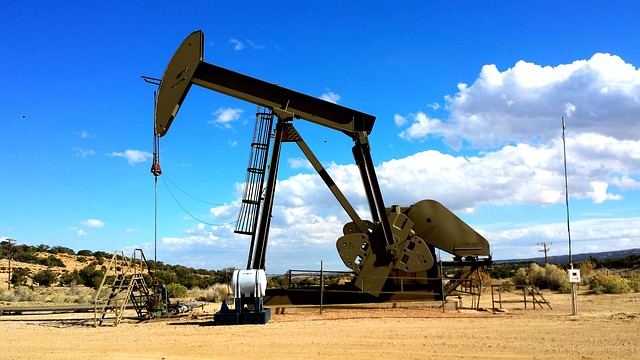Oil prices jumped around four percent on Tuesday after the International Energy Agency (IEA) increased its oil demand forecast for 2020 and as record supply cuts provided support. Brent crude LCOc1 prices were up $1.62, or 4.08 percent, to $41.34 a barrel at 1347 GMT. U.S. oil CLc1 rose $1.67, or 4.5 percent to $38.79 a barrel.
In its monthly report, the IEA forecast oil demand at 91.7 million barrels per day (bpd) in 2020, 500,000 bpd higher than its estimate in May's report, citing higher than expected consumption during coronavirus lockdowns. But the agency said a fall in flying because of the virus outbreak meant the world would not return to pre-pandemic demand levels before 2022.
Oil Prices Increase

Oil supplies in May plunged by nearly 12 million bpd, the IEA said, with the Organization of the Petroleum Exporting Countries and its allies including Russia - a grouping known as OPEC+ - reducing their output by 9.4 million bpd. That means OPEC+ hit 89% compliance with agreed cuts in May, the IEA said.
OPEC+ agreed this month to extend production cuts of 9.7 million bpd through July. It also called on members that have not been complying to make up commitments with extra cuts later. Iraq, which had one of the worst compliance rates among the major producers, has already made deep cuts to its crude supplies to Asia in July. U.S. shale producers are also reducing drilling in response to the collapse in oil demand.
Production from seven major U.S. shale formations is likely to drop to close to a two-year low of 7.63 million bpd by July, the U.S. Energy Information Administration said on Monday. Despite the prospect of reduced supply, concerns about the second wave of lockdowns from rising coronavirus infection rates weighed on the market.
Coronavirus cases rose to more than 8 million worldwide by Monday, with infections surging in Latin America, while the United States and China are dealing with fresh outbreaks. "If the world treats a second COVID-19 wave-like in the first half of the year, then we are in for a demand reduction that was not in the initial planning," Head of Oil Markets at Rystad Energy Bjornar Tonhaugen said.








